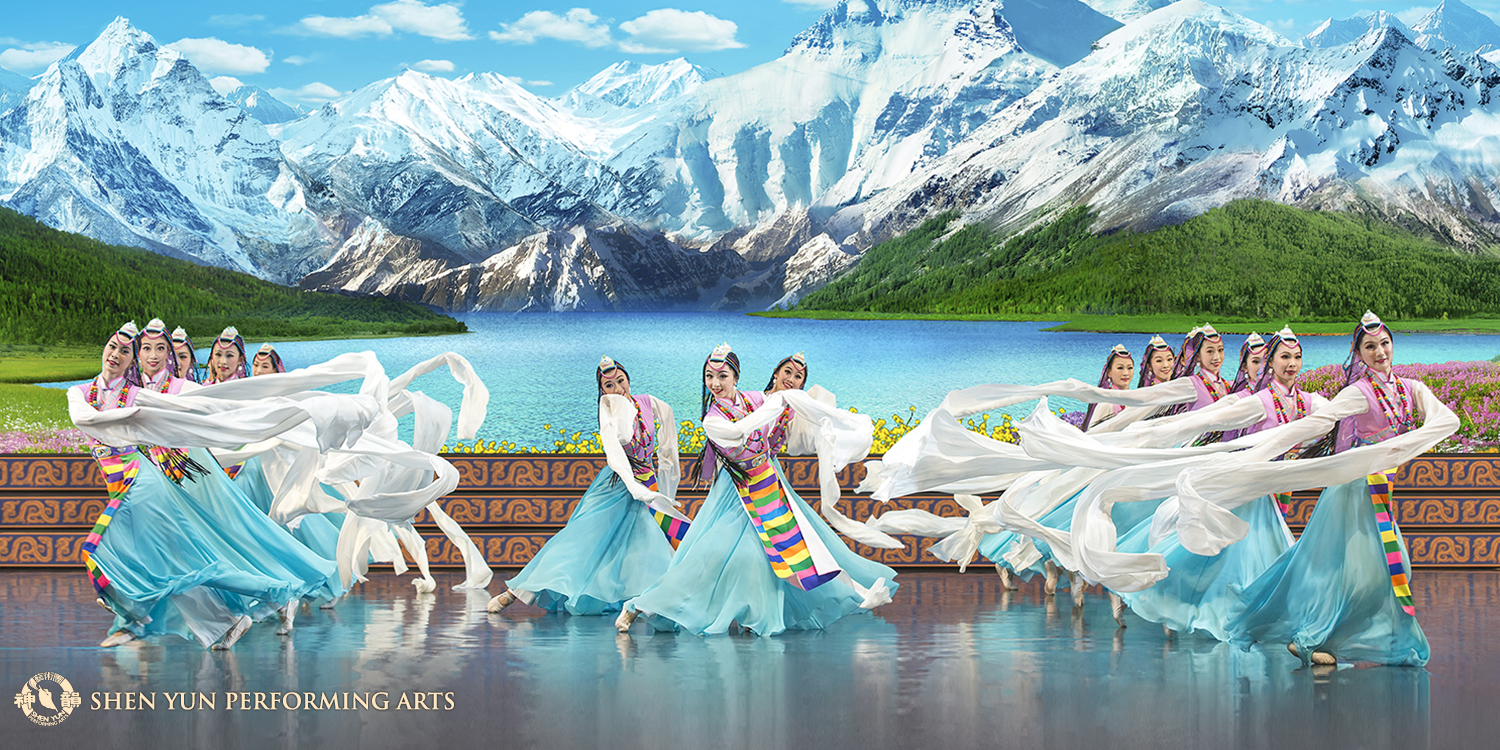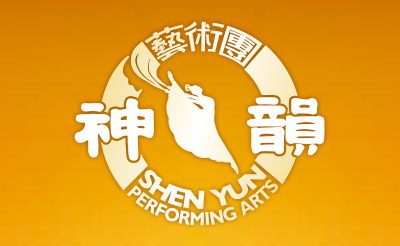NEW YORK, NY / ACCESSWIRE / April 13, 2022 / For most of its history, America has led the way in offering refuge to those fleeing repressive regimes. Many of these immigrant groups not only flourished in the liberty of their adopted homeland but often gave back to the world in spades.

Photo Credit: Shen Yun Performing Arts
Consider the Quakers.
They not only found a place to freely practice their faith, but they led the charge against slavery-ensuring the U.S. march toward a "more perfect union." People the world over benefited from that march and the Quakers' drive to make it happen.
Today, performing arts group, Shen Yun, has been given the same opportunity in America to share the rich culture of China, which has been almost destroyed by the ruling Chinese Communist Party. And like the Quakers, Shen Yun is another U.S. success story - a hard-working immigrant group that brings the profound wisdom of authentic Chinese culture to captivate audiences the world over.
Looking Back: The Rise of Communism in China
Twenty years after rising to power, Mao Zedong and the Chinese Communist Party (CCP) enacted The Great Proletarian Cultural Revolution in an effort to further consolidate power through cultural, political, and academic hegemony. The purpose of the "revolution" was to reaffirm communism and purge "The Four Olds": old customs, old culture, old habits, and old ideas. In its place was a unified identity based solely on belief in the new system, the chairman, and the party.
"The understanding of China-think about the Olympics recently-is driven by one main message source, and a lot of that information is not comprehensive. It doesn't tell the whole story," says David R. Stilwell, former assistant Secretary of State for the Bureau of East Asian and Pacific Affairs.
China has an incredibly long, complex, and rich history that introduced the world to many modern ideas and practices. More than a thousand years ago, it established a merit-based civil service system that has served as the basis for modern civil service systems across the world. It is the birthplace of Confucianism, Taoism, and a major proliferate of Buddhism. And it brought us the Art of War, profound poetry, intricate and breathtaking architecture, and unparalleled subtlety through ink brush painting.
Yet the long, bloody, and chaotic period from 1966 onward saw a massive devaluation of core cultural principles, experiences, and of history itself, as well as targeted attempts to eviscerate practices deemed at odds with the national mission. Institutions of learning and arts were shut down, texts of China's rich literary canon were banned and burned, monasteries were destroyed, and works of art were smashed.
At times it grew horrifically brutal. Neighbors were incentivized to turn on neighbors. Students reported on their instructors. Championing traditional thought and culture was seen as subversive and punishable.
This practice of corralling subversion is an ongoing struggle for the CCP, and radical implementation is seen in cycles. In 1999, there was another similar crackdown under former Party Leader, Jiang Zemin. Many were dragged from their beds in the middle of the night, captured, and tortured, prompting a number of cultural champions to flee before they faced the same fate. Some found their way to the United States, found each other, and found a community.
A Classic American Success Story
Even with its own complicated history, the United States has given freedom and renewed purpose to those fleeing systematic persecution since the Pilgrims arrived in 1620. Of the few former Chinese citizens who escaped in 1999, fewer still were artists and academics, those most knowledgeable and equipped to carry forward traditions. However, these torchbearers, each with a unique and lived connection to their history, came together in Upstate New York. Determined not to let their culture die, they founded Shen Yun.
These were classical dancers, choreographers, composers, instrumentalists, painters, sculptors, and professors. They aimed to keep their cultural memory not only alive but present, seeking to shine a light on the persecution that many still face. How does a group like this accomplish such a task? By works of art unlike any found anywhere else.
Art, as it is so often called upon to do, became the spotlight shining on oppression. Shen Yun's central art form is classical Chinese dance, a comprehensive dance system with roots in imperial court dances, theatrical plays, and martial arts. Storylines on the stage are drawn from classical Chinese literature and history. Also featured is an orchestra seamlessly blending delicate Eastern instruments with the grandeur of Western symphony orchestration.
The show received global acclaim, resonating deeply with audiences with a profound sense of culture and authenticity that transcended cultural, geographical, and religious boundaries.
"You don't want to look away," says Milena Hrebacka. "I was very surprised by how deep the stories went and how they developed the characters."
Word spread quickly, attracting classically trained artists from around the world to join Shen Yun, galvanized by their story and inspired by the mission. They gained enough attention that the Chinese government tried to disrupt their performances, albeit rather crudely - slashing tires on tour buses and pressuring theaters to cancel Shen Yun. This did not deter the company, and their success and recognition only grew, soon rivaling any institution of classical Chinese dance in technical ability and cultural depth.
Inspiring Millions Worldwide
In the 10 years since Shen Yun's conception, they have become a true global phenomenon. A total of seven dance companies touring 150 cities across five continents now exist under the umbrella of Shen Yun. Academic and political leaders across the globe have seen the performance and lent their voices to its praise.
"There is a massive power in this that can embrace the world. It brings great hope." - Daniel Herman, the former Minister of Culture of the Czech Republic.
"I've been a student of China for 40 years. This [performance] reminded me of why I chose that... This is the authentic treasure that Chinese civilization contains." - Dr. Arthur Waldron, professor of international relations at the University of Pennsylvania.
It's a remarkable feat, capturing "real Chinese Culture." While it may not represent the same thing to all people, it is certainly beyond the assertions of one political party.
Shen Yun's brilliance is the communication of something deeper, something that connects us all on a spiritual, intellectual, and profoundly human level. A sense of culture that isn't forced, but built by decades of commitment to freedom and truth, a collective offering of shared memory, and a selfless invitation into that experience.
Media Contact:
Denise C. Riley
979-554-1877
[email protected]
SOURCE: Shen Yun




